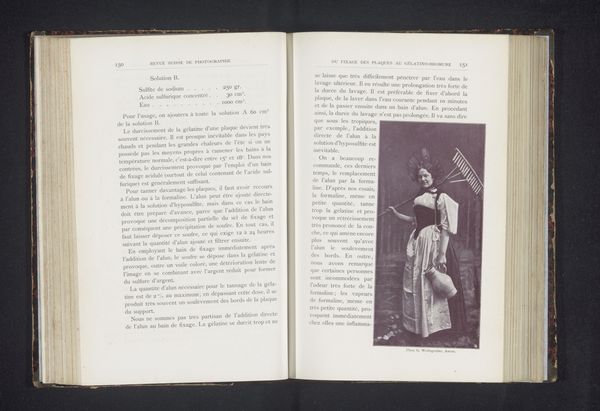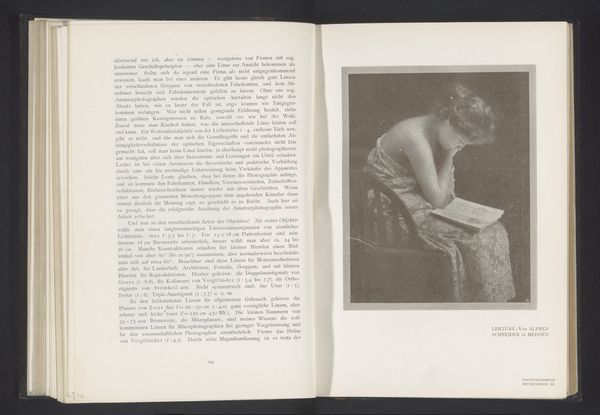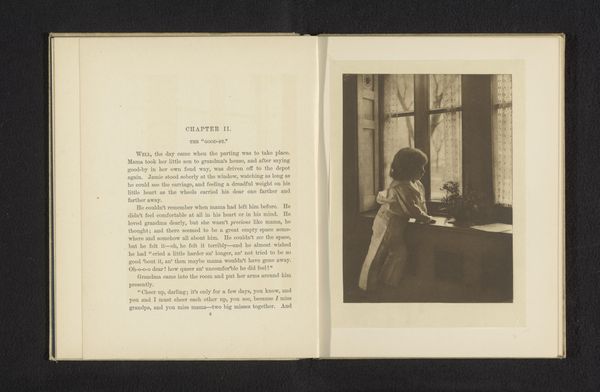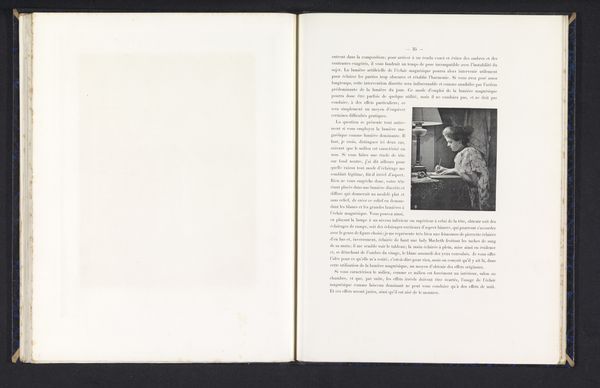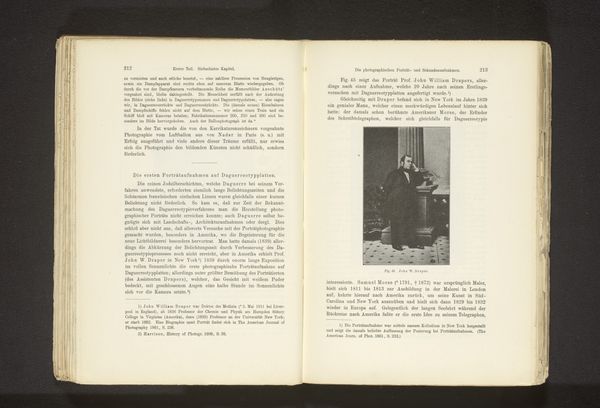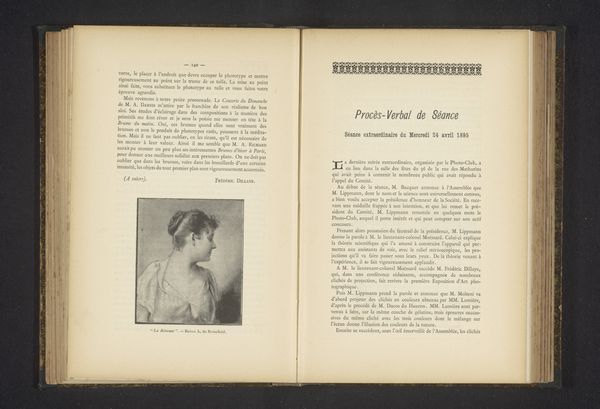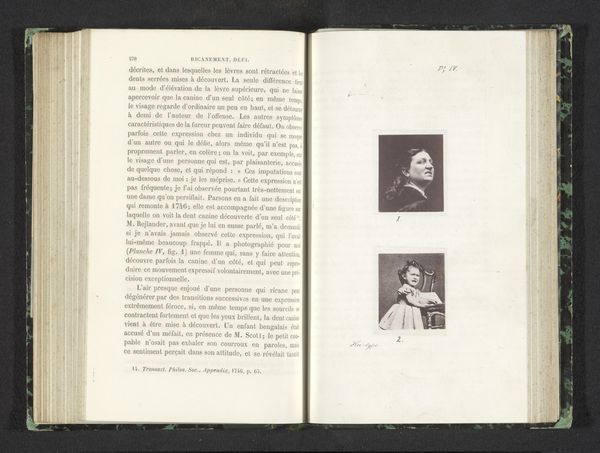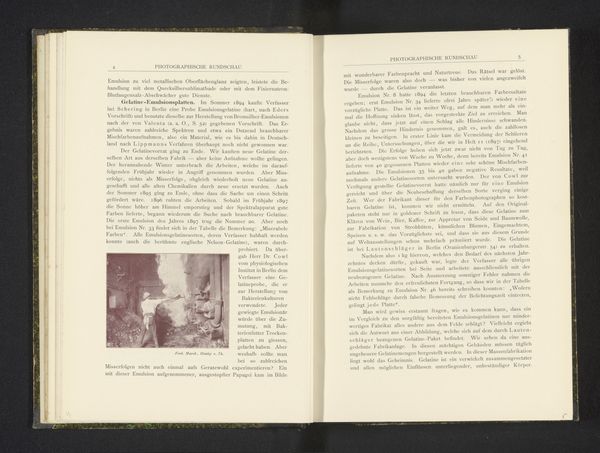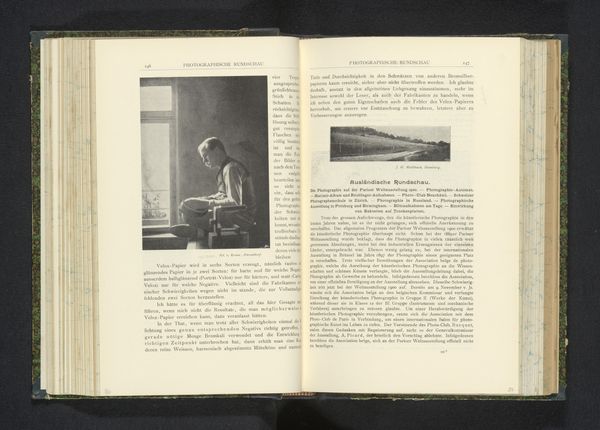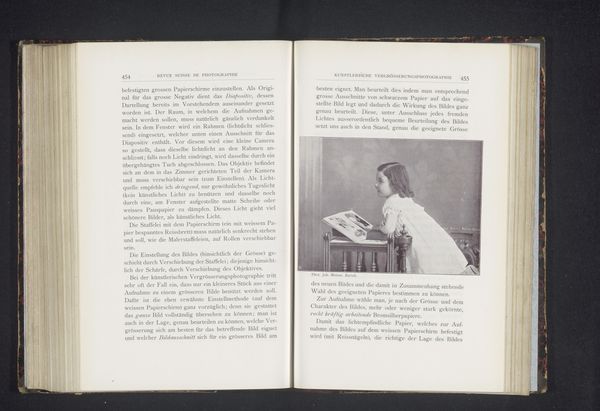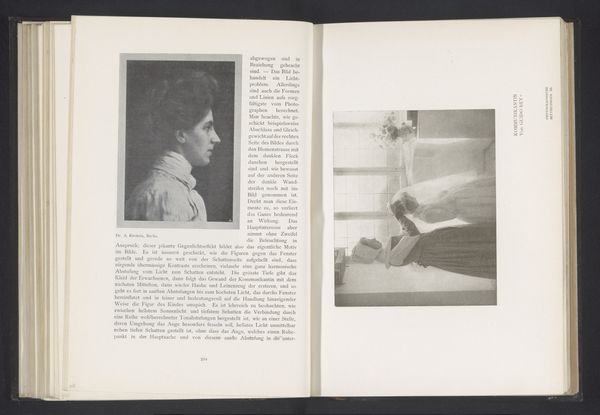
print, photography
#
portrait
# print
#
photography
#
history-painting
#
academic-art
Dimensions: height 119 mm, width 70 mm
Copyright: Rijks Museum: Open Domain
Editor: Here we see "Portret van een onbekende zittende vrouw," a photographic print by Robert de Greck from before 1902, presented within a bound book. The woman seems rather constrained in pose. It’s fascinating to see photography used in what feels like a history-painting context, somehow. What's your perspective on its significance? Curator: Considering it's presented within the pages of a book, we must analyze the political purpose that it may play in relation to its historical context. Early photography often sought to emulate painting, thereby gaining artistic legitimacy and accessibility to audiences that privileged history paintings. Photography was just then coming into its own, and photographs like this one would show how art education influenced visual culture through diverse media. Editor: So, the book format reinforces that fine-art aspect, presenting photography in a more established and credible package. Does the "history-painting" theme play into that legitimation as well? Curator: Exactly! Referencing “history-painting” themes and subjects elevated the photographic medium itself. Also, think about who could access such imagery, both within and outside art contexts. Was this photograph reproduced widely? Where might ordinary citizens have encountered it? What kind of societal function did it then serve? The context really shapes its public and historical role. Editor: I see what you mean about how critical thinking shapes how photography like this was received. Thanks for helping me see all those elements. Curator: Of course! Looking at art through these lenses lets you truly appreciate its impact on and reflection of society.
Comments
No comments
Be the first to comment and join the conversation on the ultimate creative platform.
